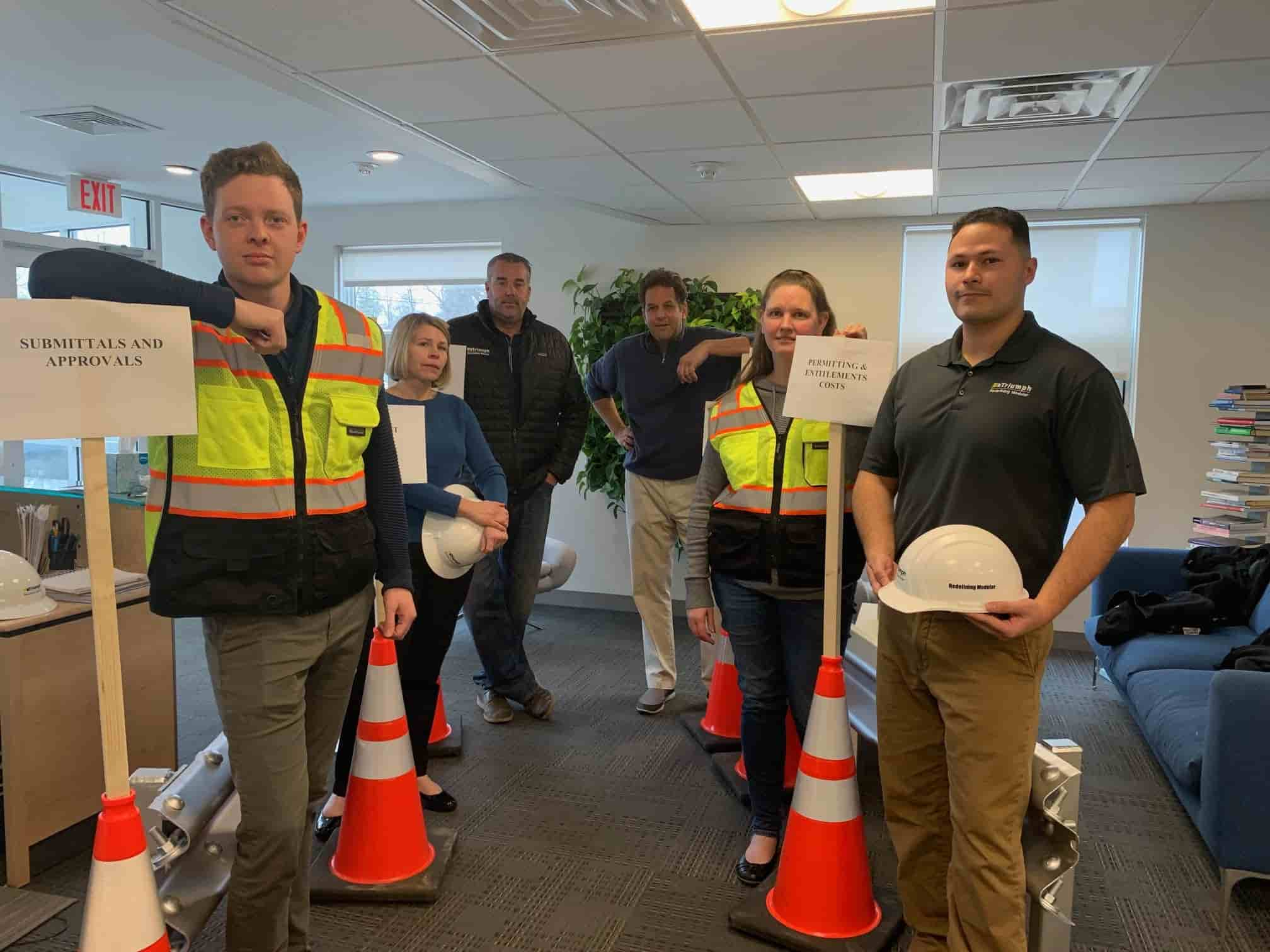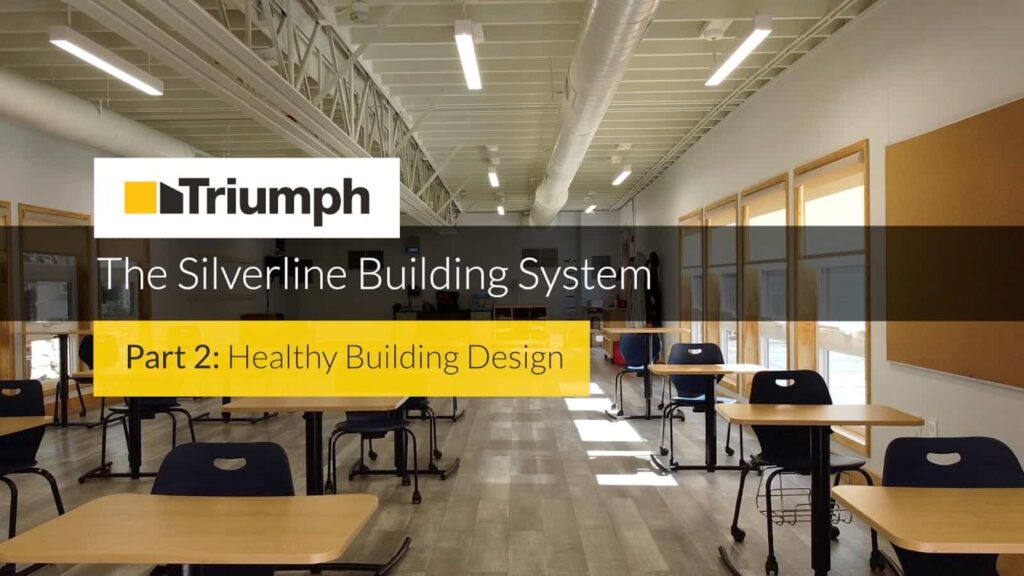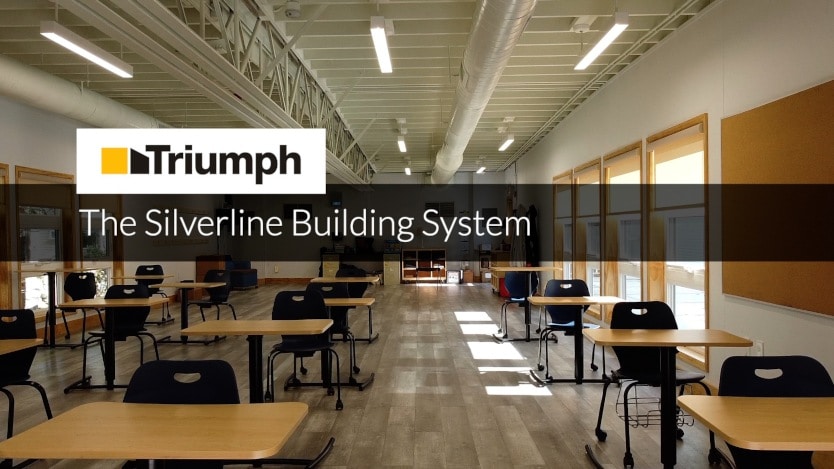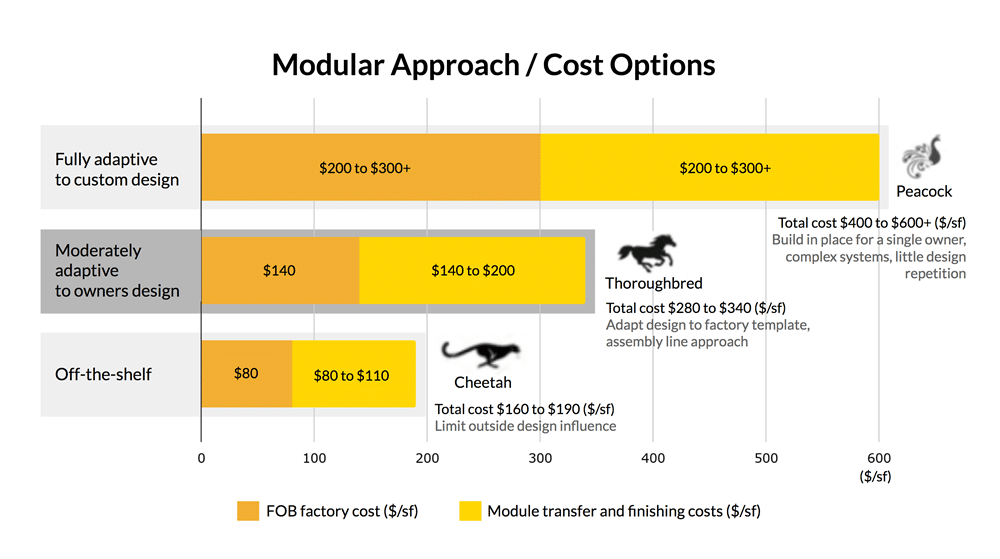The “design fully detailed” guardrail defines the role of the architect and mandates that the design is fully detailed and engineered prior to construction beginning.
Key questions answered by the design fully detailed guardrail include:
- How much design detail does an owner need before giving the green light to begin construction?
- Which drawings and to what level of the specification are required by the builder and architect to begin?
To fully understand the importance of design detailing, it’s important to recognize two key points:
- In the world of commercial construction, when the owner wants a permanent building, the builder or architect needs to fully design (draw) and engineer the specifications before the building commences.
- The more elements of a building that are fully designed and engineered, the higher the chance of the owner’s expectations being met.
There are many types of design drawings. If you simply Google “design drawings,” the concepts and purposes for them are quite straightforward. So what is all the fuss? Well, it starts with money but also relates to the variability of project types and differences in how people with different levels of experience approach projects.
The AIA website offers explanations of types of design services for which an owner can hire an architect. These include concept planning, schematic design, design development, construction drawings, architect of record, construction administration, and others. Fees for design along this spectrum of involvement can generally range from 3% to 12% of the total cost of the owner’s project.
Should every project for a permanent building have an architect? In short, I say yes. But does every project need every available service? No. There is a range of services that need to be thoughtfully chosen.
What if a prospective owner doesn’t see the need for an architect, and is speaking directly to the contractor? In that case, the builder should advise of the pros and cons and should provide the necessary professional services in order to add value for the owner.
Naturally, one needs to be deferential to a prospective client, however, this doesn’t mean accepting their decision without discussion. An owner’s decision with regard to design services will have serious ramifications for the builder. It is therefore imperative that the builder understand what the design documentation of the project will be.
I believe this is often overlooked and it contributes to the type of unhappiness that we are learning to avoid. So what are these ramifications? They include, but are not limited to:
- costly change orders
- project delays
- undue stress on team members.
A small sampling of late breaking requests for design detailing we’ve seen in the last few projects:
- better HVAC controllability
- acoustically improved walls at certain locations
- cooling requirements at data rooms
- acid waste at certain sinks
- compressed air (added to classrooms)
- larger decks and ramps to accommodate unplanned central egress requirements
- added bathroom was given a change in occupant count, solar orientation review for window blind procurement
- added canopies
- siding details where the building meets the grade
- connection details to existing buildings
It may not be possible to avoid some iterations in the design process, but design detailing should be front-loaded to the largest extent possible. As I have said in the past and will continue to reiterate – the construction of commercial buildings is an inherently complex undertaking. It is also highly regulated, therefore changes in design will be brought on by committees and building officials. Some changes will happen, we understand that. However, whether intentional or not, “design creep” comes with a host of symptomatic ailments.
To protect the schedule, in the “heat of the battle,” the natural tendency of the contractor is to step up and play “master builder” by making the change. The builder and his subcontractors end up performing the engineering services required of the project by default. However, they really should slow down and fully design and engineer the details.
When a builder takes the “just get it done” approach, it should be applauded, but what is the real price of the project? Unforeseen and uncompensated time and effort over the life of a project place stress on people and this is hard to see at the outset. Also, a lot of late-breaking design changes can create quality and performance problems as piecemeal change orders can impact other systems, given a lack of holistic planning from the start. Finally, a “firefighting” approach doesn’t allow for the builder to properly buy out those changes to get the best value for the owner.
It is not easy to ask a prospective client to pay for design and budgeting services. Most owners ask “what will this whole project cost me?” Without the design and engineering of the land and buildings figured out, it is not possible to accurately provide a price.
In closing, we have determined that the risks of not having things “fully designed and engineered” at the outset are real. Projects where the submittal process becomes the “design process” are choppy and place a burden on the project managers for both owner and builder, which can cause fatigue. The more we collectively stick to the “design fully detailed” guardrail, the better our projects will be planned.
Continue to Cone 4 – Soft Costs and Permitting | Introduction to Guardrailed Construction




